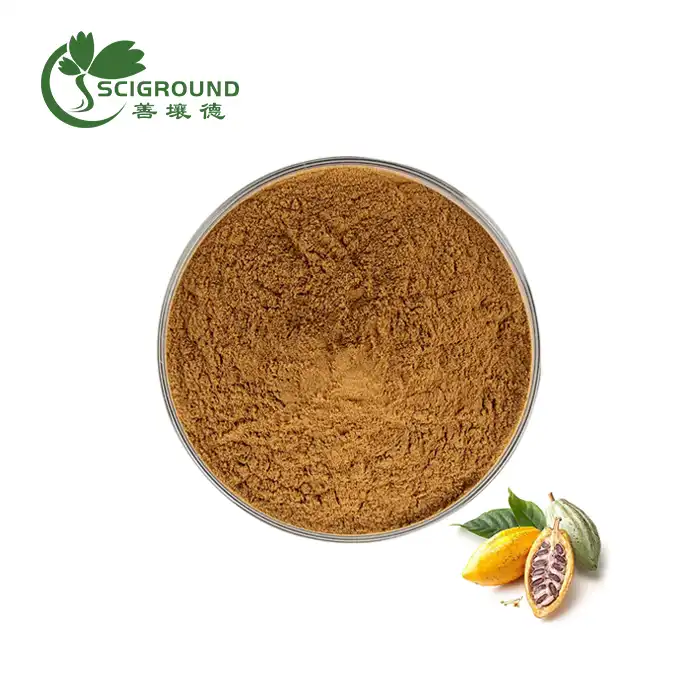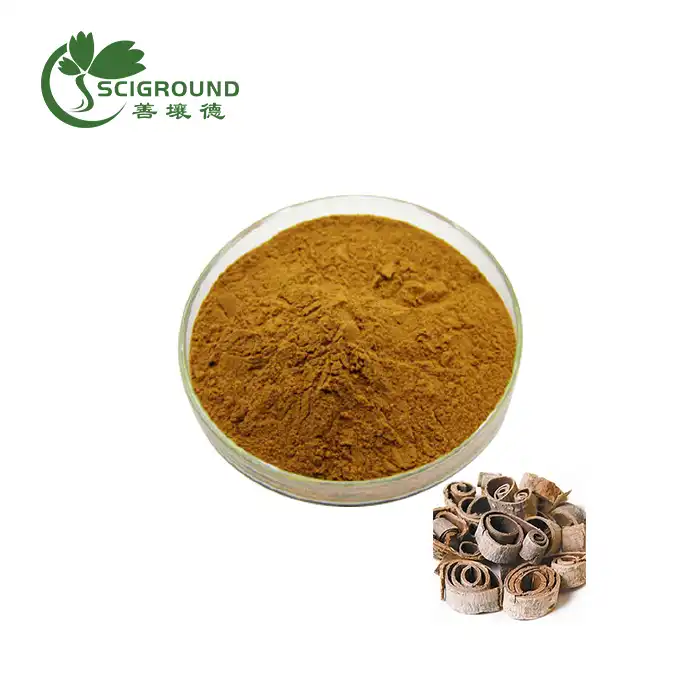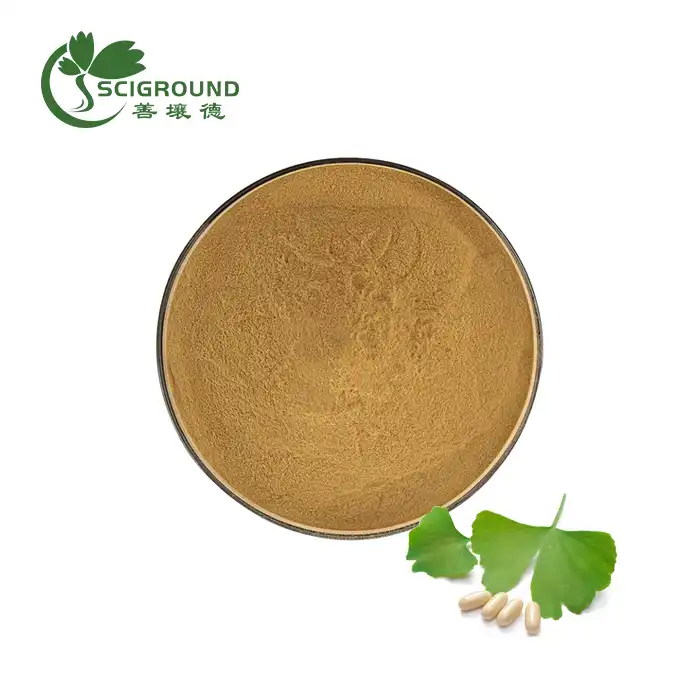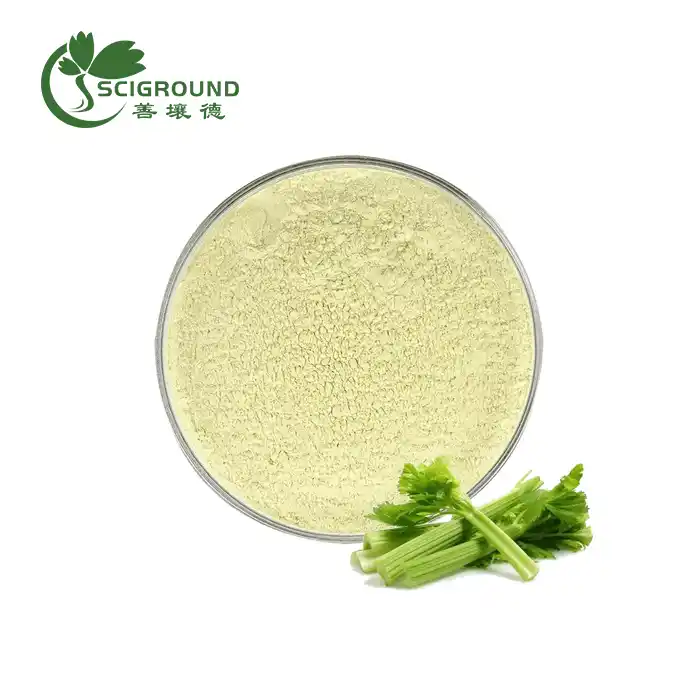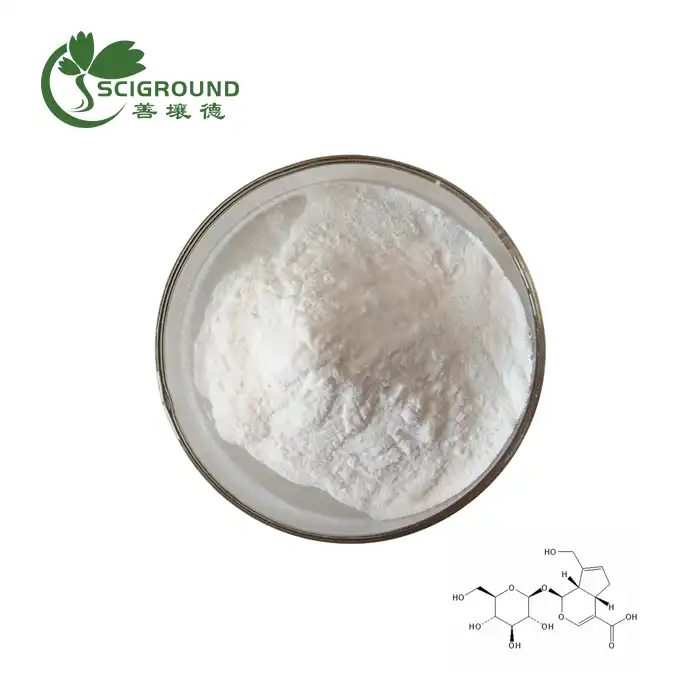What are the active ingredients in Euphorbia?
Spurge, also Euphorbia, is a large family of flowering plants that is found almost anywhere. For centuries, they have been used in traditional medicine for skin diseases, inflammation, and infection. Mainly credited for their medicinal properties are the bioactive compounds found in these plants.
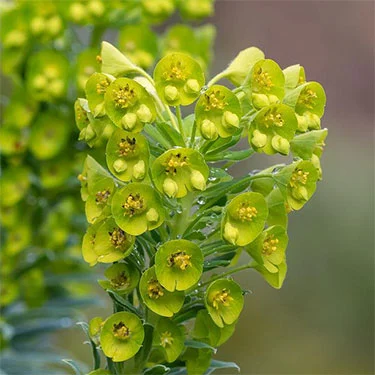
What are the active ingredients in Euphorbia?
1. Diterpenoids
The diterpenoid isolated from some Euphorbia species was named euphohelioscopin A. It has been also studied for its antioxidant and anti-inflammatory potential. However, all these compounds have been studied for their potential use in modern medicine, although most studies are still early.
Ingenol
Noteworthy among the diterpenoids from Euphorbia spp is ingenious. Promoting skin healing and regeneration, this compound has been studied. A topical form of this is used to treat actinic keratosis, a disease of the skin caused by excessive exposure to sunlight.
2. Triterpenoids
Euphohelioscopin
The triterpene alcohol euphohelioscopin has been isolated from the latex of Euphorbia species. It has been studied for the possibility that it gives protection from inflammation and alters immune responses. In other studies, there is a potential for euphorbia pulex as a natural compound in the body's defense.
3. Flavonoids
Quercetin
Euphorbia plants are a common source of flavonoids known as quercetin. It has powerful antioxidant properties in studies that indicated they can help neutralize free radicals in the body. Thus this can allow for cellular health and may work against inflammation. Also studied has been its potential role in supporting cardiovascular health.
Kaempferol
There are other flavonoids in the Euphorbia plant, such as kaempferol. It also has similar antioxidants and is believed to help the body’s defense mechanisms against oxidative stress. Kaempferol has also been examined as a possible protector of cells and tissues from damage by environmental stressors.
4. Essential Oils
Terpenes
Euphorbia essential oils contain terpenes. These compounds are the plant's fragrance and biological activity components. Terpenes in Euphorbia essential oils have been studied to determine their potential antibacterial or antifungal properties, and are therefore used in natural medicines and cosmetics.
5. Phenolic compounds
Gallic acid
Euphorbia plants are a source of a phenolic compound known as Gallic acid. Because of its antioxidant and antimicrobial properties, they have been shown. So gallic acid is of value in protecting the body against the impact of environmental stressors and promoting overall health.
6. Latex compounds
Euphorbidin
Some Euphorbia plants contain the toxic compound euphorbia in their latex. It is toxic in large doses, but has been used traditionally as a topical treatment for skin problems such as warts. Controlled doses of the irritation of euphorbidin have been reported to treat certain skin conditions.
7. Alkaloids
Euphorbidin
The alkaloid that has been studied in relation to its biological activity is Euphorbidin from some Euphorbia plants. Alkaloids are both toxic and therapeutical, particularly in the palliation of pain and inflammation.
Conclusion
Euphorbia plants possesses a wide range of active ingredients including diterpenes and triterpenes, flavonoids and phenolic compounds. The plant has a long tradition of use in traditional medicine, and these bioactive ingredients are crucial for the plant’s applications in modern healthcare as well as in the wellness industry. Some of these compounds can still pose challenges to their use because of toxicity or irritation, but ongoing work is being done to discover new ways of extracting therapeutic efficacy from Euphorbia without endangering safety.
Related Industry Knowledge
- What is Ajuga turkestanica extract used for?
- What is the difference between Acorus gramineus and Acorus calamus?
- Best Time to Take Inulin for Weight Loss
- Does L-serine make you sleepy?
- Is nutmeg powder good for your skin?
- Is hydrolyzed wheat protein good for skin?
- What are the side effects of vine tea?
- Vitamin B1 Thiamine Benefits
- BCAA: The Missing Piece in Your Fitness Puzzle
- What are the symptoms of low vitamin B1?
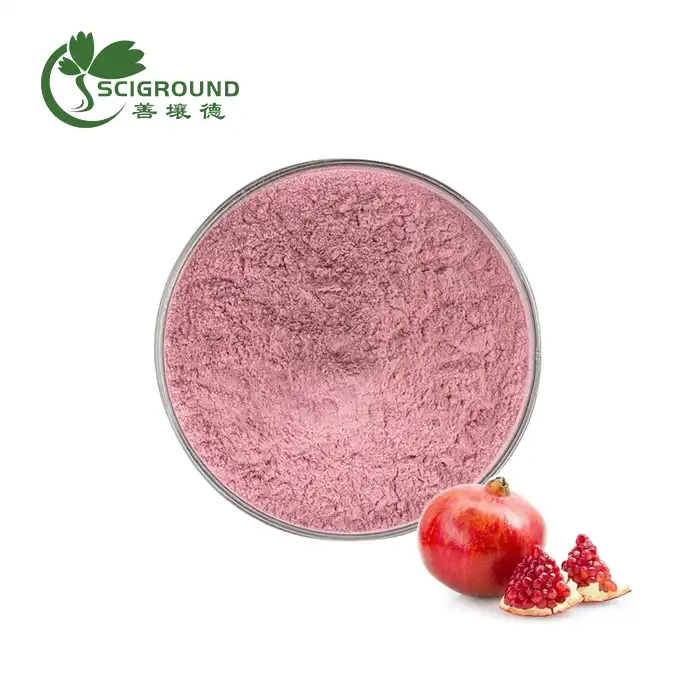
.webp)
